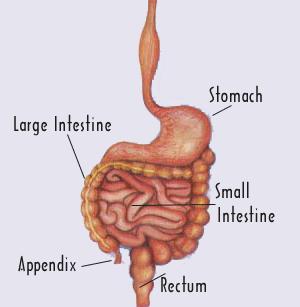One aspect of evolution that has always interested me is vestigial
traits. We are taught that every organ and bone in our body has a special and
vital role in allowing our bodies to function. However, this is not the case.
Certain traits called vestigial traits break this “everything has a vital
purpose” rule. Vestigial traits can be an actual organism, a DNA sequence, or
just an involuntary action. They are one of the above examples that have no
immediate function or purpose in the species, but is vital to another, closely
related species. Darwin was one of the first to realize that these traits were
evidence of evolution. These traits were necessary for survival in one species,
but as that population evolved the trait or body part was no longer needed. Instead
of disappearing all together, the body part is found in the new species but doesn’t
play a necessary role in function. Scientists have used these traits to link
species together. It helps to prove that two species came from a common
ancestor and evolved.
Vestigial traits can be seen in most species, including humans. One
of the most famous vestigial organs is the appendix. It was once used by
primates to help with the digestion of cellulose rich plants, but is now unused by humans. Often the appendix can become a nuisance and even deadly, in which
case it is removed. We are able to function completely unharmed in absence of
our appendix. Wisdom teeth are another example of a vestigial trait in humans. Kiwi's have tiny wings which are considered vestigial traits since the kiwi is a flightless bird. Animals that live in darkness or caves often have useless eyes. For example the blind mole rat has eyes that would be considered vestigial.

No comments:
Post a Comment